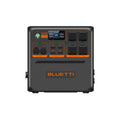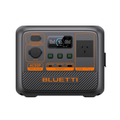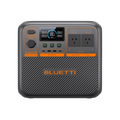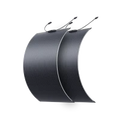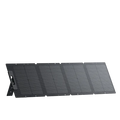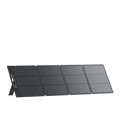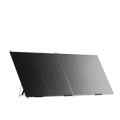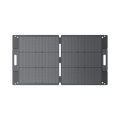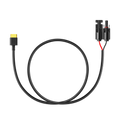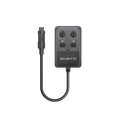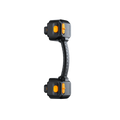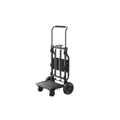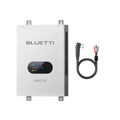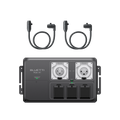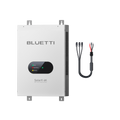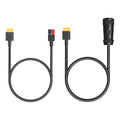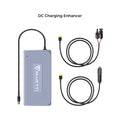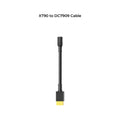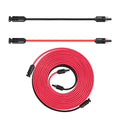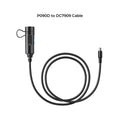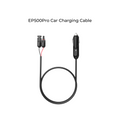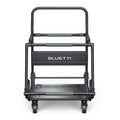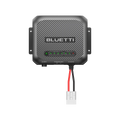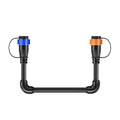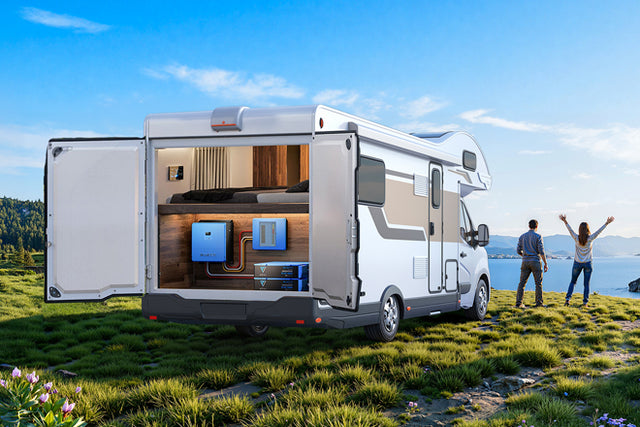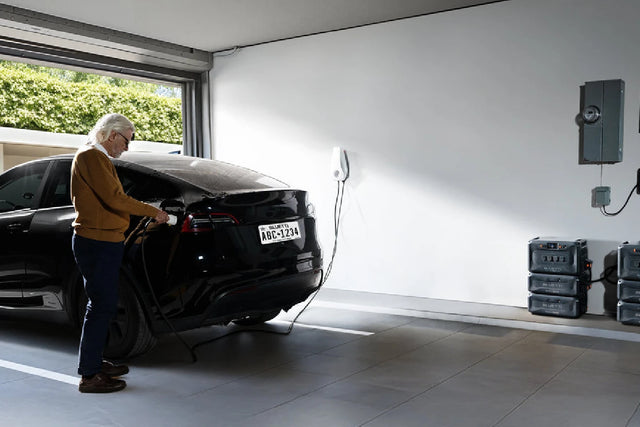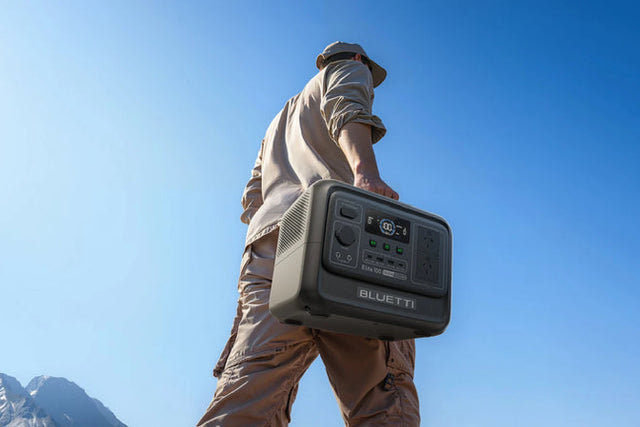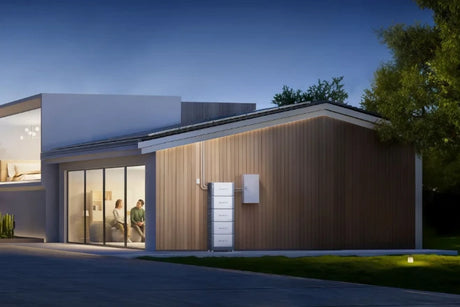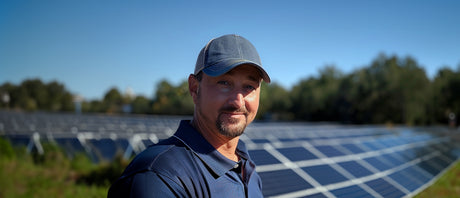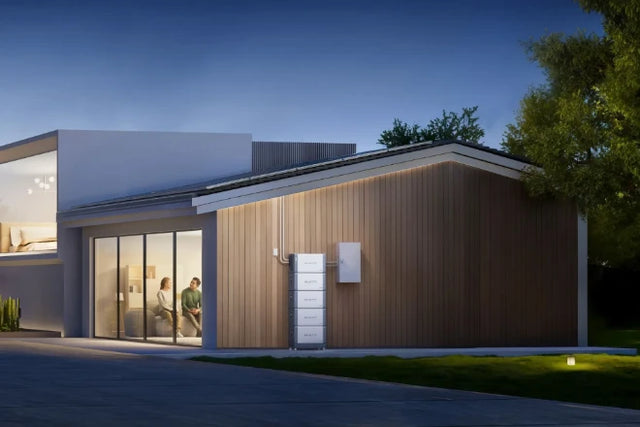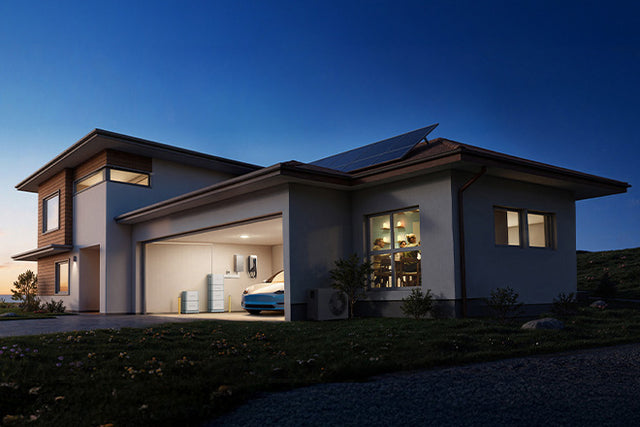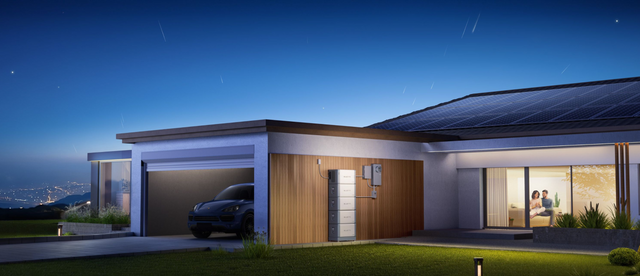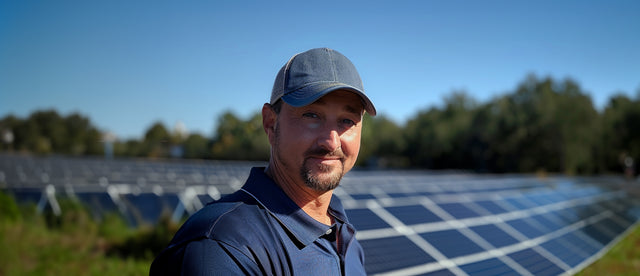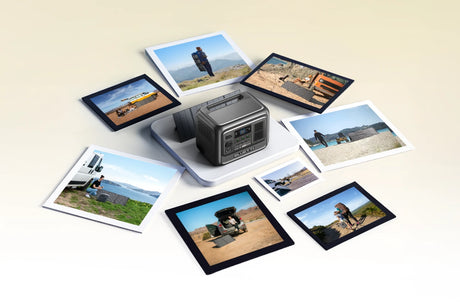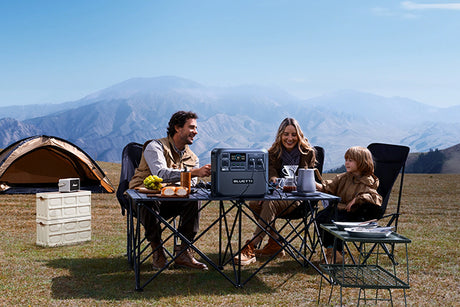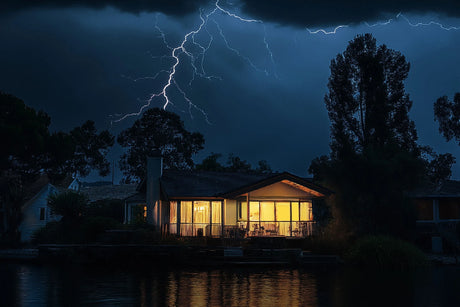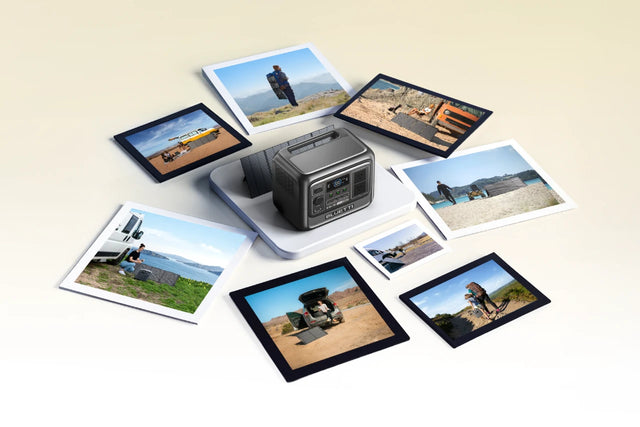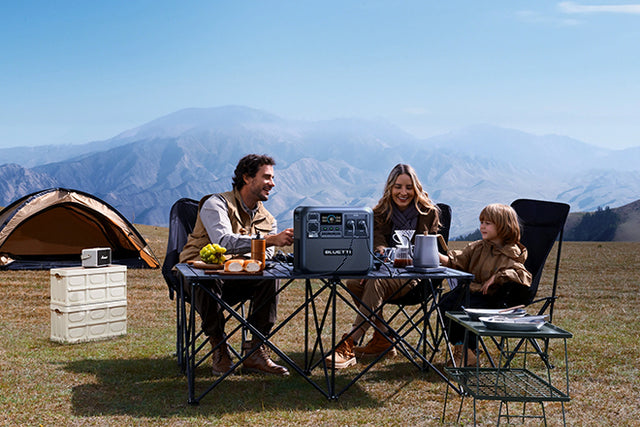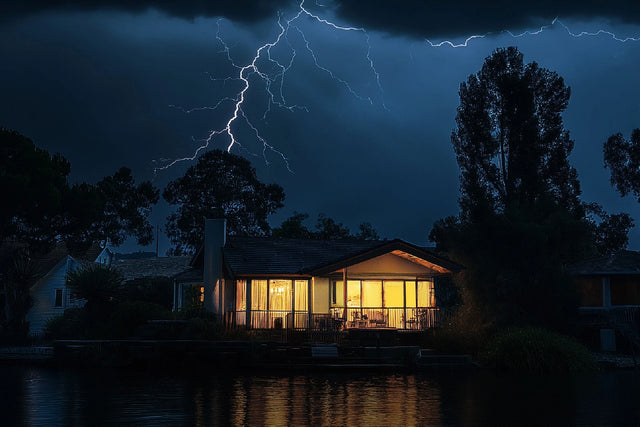The state of Queensland offers generous solar rebates that can significantly reduce the cost of your solar panel system. Considering that a 10kW solar system costs around AU$ 9,400, this may be a welcome rebate, as it reduces the initial cost of the solar system and the payback period. With this in mind, let’s explore more and see how you can apply your QLD solar rebate to BLUETTI products and save money today!
Solar Rebate QLD: How Does It Work?
To save money, you will need to install a solar panel system on your rooftop or other suitable surface. All solar systems are eligible for the QLD Solar Rebate - and this rebate can reduce your initial installation costs (the upfront investment) by up to a third. This rebate can help many Queensland homeowners get solar on their roofs and do so at a lower cost.
Related article: NSW Solar Rebate 2023 Comprehensive Explained
How to Claim Solar Rebate QLD?
Claiming your solar rebate in Queensland is as easy as 1-2-3. The streamlined process makes it short and easy for many; in many cases, you do not even have to go through a bureaucratic hassle. You can have your solar installer do the application and deduct the solar rebate from your total solar system cost.
Firstly, you will need to design a solar panel array that is appropriate for your home. When doing so, hiring a licensed (certified) professional and having them design it for you is useful. Once this is done, you must look for a solar company or a licensed solar installer. This is an important step, as without it, you cannot apply for the rebate. Thirdly, you can sit back and relax - the work is done. Not only will you be able to use clean electricity around your home, but your carbon footprint will also drop and even increase the value of your home.
How Much Is the Solar Rebate in QLD?

The solar rebate in QLD depends on two factors: the size of your solar system and the current price of the STCs. Let’s discuss them all in more detail.
The solar array size of your home will depend on how much energy your home uses. Older and larger homes use more electricity and will need a larger solar system to cover 100% of the energy they use. One way to counteract this is to improve your home's energy efficiency - either by replacing insulation, doors, and windows or by changing your appliances and energy habits.
When it comes to STCs, it is important to note that their price changes all the time. STCs (Small-Scale Technology Certificates) are generated as your system is built. STCs do not stand for energy generated but rather for the solar CAPACITY you join in the grid. Each STC can cost around $40, and you will get a varying number of STCs depending on your system's size, the array's location, and the deeming period.
Who is eligible for the solar rebate in QLD?
If this is of interest to you, you should know that not every solar array is eligible for the rebate. Industrial or large-scale systems, for example, do not fit into the story and will likely cost more without any rebates to offer. To be eligible for a QLD solar rebate, you need to:
- Install a system that is LESS than 100 kW in capacity,
- Have a professional install the system for you - they need to be CEC-accredited, and
- Install only new components, so nothing refurbished or ‘as new’, in your solar system.
When Does the Solar Rebate End in Qld?
The QLD solar rebate ends in 2030. Currently, there are no signs that it may be prolonged. As you have time until the QLD rebate ends to install your solar system, returning to the deeming period is important. This period calculates the number of years left before the rebate offer ends, and this period deems how much STCs (and rebate money) you will receive. In a practical example, a solar system installed in 2023 will bring in more money than a system installed in 2029.
How Do You Calculate Solar Rebates?
When you calculate how much money or rebate you can get for your solar system, you should consider several factors:
- The deeming period.
- The size of the system.
- The location of the site where the array will be installed.
We’ve covered the deeming period, and the size of the system, so what about location?
Queensland is divided up into zones. These zones are placed in a hierarchical system, where no two zones provide the same number of STCs to solar homeowners. The higher the priority of your zone, the higher the number of STCs you will receive. Here is the rating of each zone:
|
Zone |
Rating |
|
Zone 1 |
1.622 |
|
Zone 2 |
1.536 |
|
Zone 3 |
1.382 |
|
Zone 4 |
1.185 |
To calculate the number of STCs you will receive, you will need the following equation:
|
Number of STCs = the Deeming Period (years) X the Size of the System X Zone Rating |
For example, an 8kW solar system in Zone 1, built-in 2023 will yield the following number of STCs:
|
STCs = 9 (years) X 8 (kW) X 1.622 (Zone 1 Rating) |
At around AU$ 40 per STC, you can receive up to AU$ 4,600 for an 8kW installation. This money is deducted from the initial cost of the solar installation. Here are some more examples of systems built in 2023 and the STCs they yield:
|
Zone 1 |
Zone 2 |
Zone 3 |
Zone 4 |
|
|
4kW |
58.392 |
55.296 |
49.752 |
42.66 |
|
5kW |
72.99 |
69.12 |
62.19 |
53.325 |
|
6kW |
87.588 |
82.944 |
74.628 |
63.99 |
|
7kW |
102.186 |
96.768 |
87.066 |
74.655 |
|
8kW |
116.784 |
110.592 |
99.504 |
85.32 |
|
9kW |
131.382 |
124.416 |
111.942 |
95.985 |
|
10kW |
145.98 |
138.24 |
124.38 |
106.65 |
Government Solar Rebate: Solar Feed-In Tariff QLD 2023
Besides rebates, Queensland also offers a Feed-in-Tarrif. Under this tariff, you can receive up to AU$0.13441 per kWh of excess electricity exported to the grid. To receive these benefits, you need a solar system, no solar battery, and a good understanding of your energy habits and how to reduce them to receive the most benefit from the system. Still, many homeowners prefer to purchase a solar battery or generator, and store the excess electricity there, especially as it is the best way to repay the solar system quickly.
How much do solar systems cost in QLD?
An average solar system will cost around AU$ 1,000-1,200 per kWh, with smaller systems in the higher portion of the range. With this in mind, it is clear that you must undertake all the measures you can to save as much precious money as possible and use the power to the best of your abilities. However, as many homeowners are not at home during the peak solar hours (10 AM to 2 PM), a different approach is needed: a solar battery.
Solar batteries can store excess power from your solar system (in areas where Feed-In Tariffs are unavailable) for later use. The size of the battery depends on your exact energy needs. And while the average household in Australia uses as little as 16.7 kWh of electricity per day, some may decide to up their solar battery to store power for two consecutive days without sunshine. This is especially useful in remote, off-grid areas and where you want to go through possible power outages without starting up your diesel or petroleum power generator. Here are some of the best solar batteries on the market today:
This home backup solar battery offers 3 kWh of stored power - enough to make a decent lunch. It can be expanded up to 12 kWh of holding capacity, which is more than enough for an average QLD home with solar panels. With a smart app control, you will not lose a single Wh of power without knowing where it went, and the 24/7 home backup system allows you to forget about power outages and power poles felled by storms.

The BLUETTI EP500 is one of the best solar power stations on the market. The high capacity of over 5 kWh stored means that you will be able to power up your entire home office for a full day. The model does not work as a home backup generator, but it rather supplies power to those appliances you deem crucial for your everyday life.
BLUETTI AC200 offers 2kWh of stored energy capacity that can be expanded up to 8 kWh with BLUETTI B300. The battery comes with a smart app control and can act as a home backup system. It can serve as a home backup system, providing enough energy for essential appliances 24/7 with a solar power source.
Final Thoughts
Going solar in Queensland is the best move you can make to secure an independent energy future and secure low electricity prices for decades. As the price of solar panels has dropped by over 80% in the past 15 years, they are affordable, and the existing rebates and feed-in tariffs make them even more affordable. If you are still in doubt, check out the prices of both panels and solar batteries and do your math - it takes less than ten years to pay off a system that will last you around 25 years - that’s almost 15 years of free electricity!
FAQs:
Are there solar rebates in QLD?
Ans: Yes, there are solar rebates in QLD. If you decide to go solar, you can receive Queensland STC-based rebates and make a passive income using Feed-In Tariffs. This will help you recuperate some initial costs and reduce solar payback time.
Who is eligible for a solar rebate in QLD?
Ans: There are very few eligibility criteria for a solar rebate in QLD. These criteria state that the system should not be larger than 100 kW and that all the components should be new. You should know that another criterion is that the installation has to be done by a CEC-certified professional installer to be eligible for a rebate.
What are the STC changes for 2023?
Ans: The only change to the STC in 2023 has been a deduction of one year to the deeming period. Although not that much, this can still mean around 10% less on your rebate. To secure the current deeming period multiplier and avoid missing out on more rebate money, go solar by the end of the year.
Can you claim the solar rebate twice in QLD?
Ans: Yes, you can claim the solar rebate twice in QLD. What you should bear in mind is that a single installation can only receive a single rebate. On the other hand, if you own two houses and you install a solar system on both, you will be able to receive two rebates for as long as they are both eligible. This is because the rebates are tied to a specific address, not a person.
Do I need council approval to install solar panels in QLD?
Ans: In most cases, you will not need a special permit or council approval to install solar panels in QLD. You will still need a solar designer and a certified solar installer, especially if you want to apply for rebates. Please remember that most private DIY installations may not be safe, despite you not needing approval to go solar.
Shop products from this article
Be the First to Know
You May Also Like
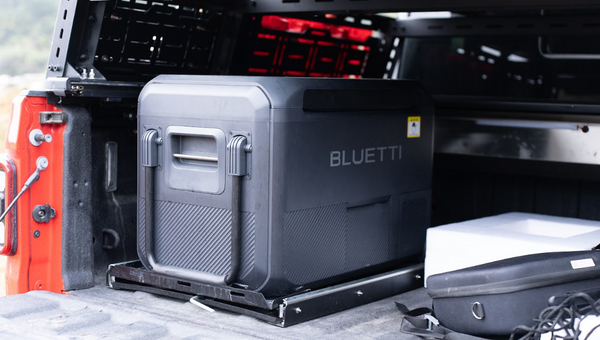
Let’s discover what you understand by a 12V fridge, its merits, its demerits, and whether it suits you or not. Also discover BLUETTI 3-in-1 Fridge Freezer.
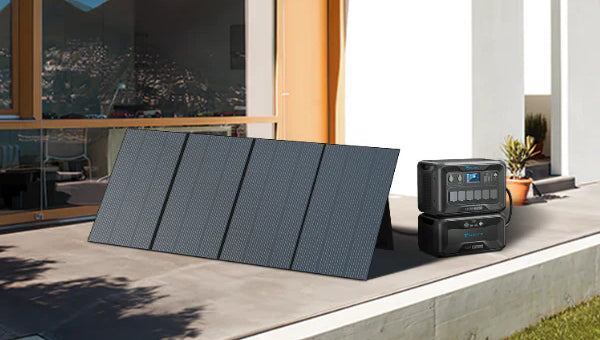
Here’s how to clean solar panels on roof the right way. Learn about DIY options, costs, and what to avoid to get the most out of your investment in solar.
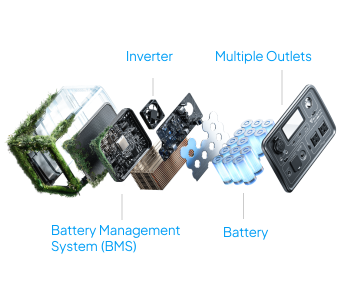
Looking for a reliable power pack for camping, travel or phone charging? Discover the best lithium power packs for all your needs, including BLUETTI’s EB3A, AC2A and AC50B.


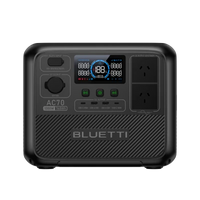
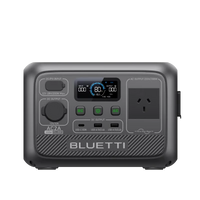
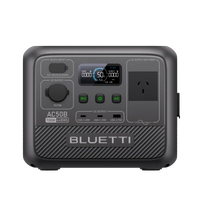

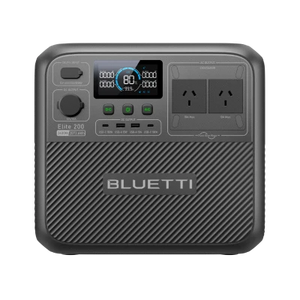
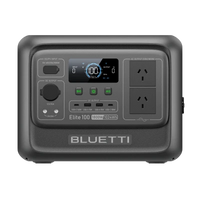
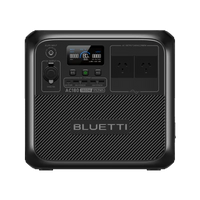
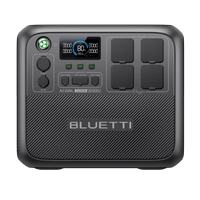
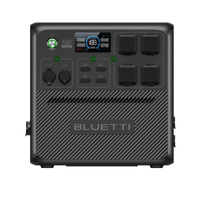
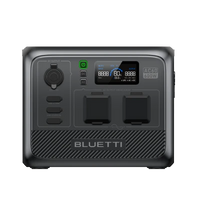
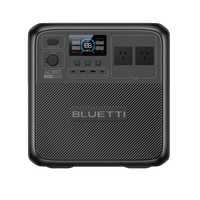


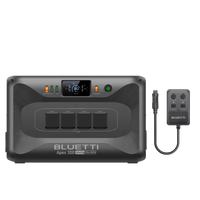

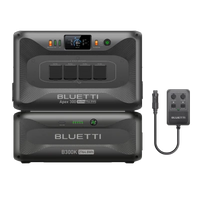
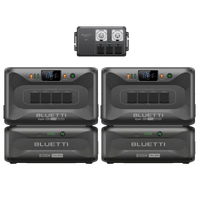
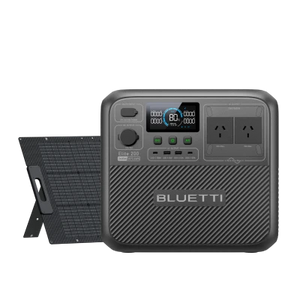
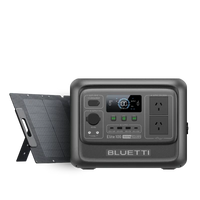
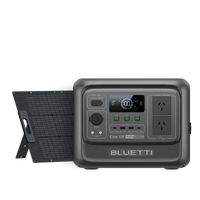
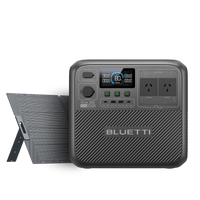
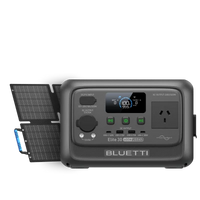
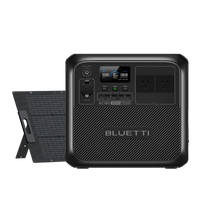
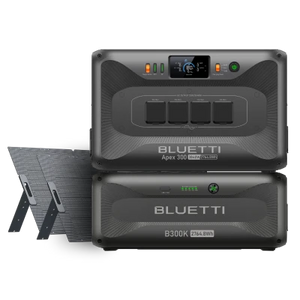
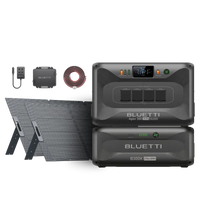
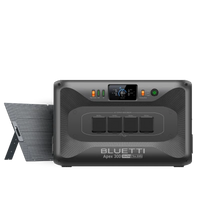
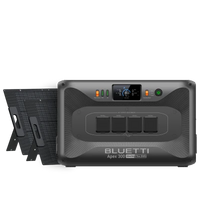
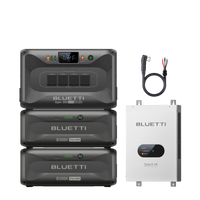

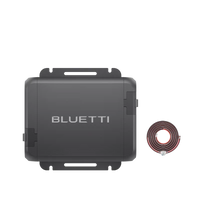
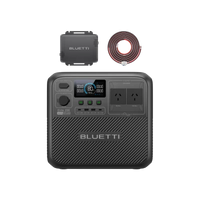
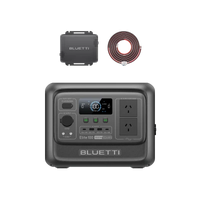
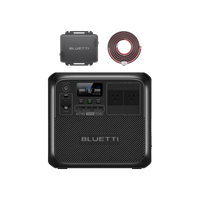
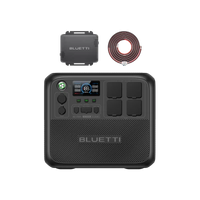
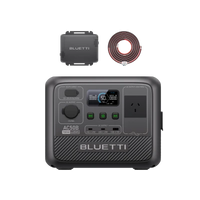
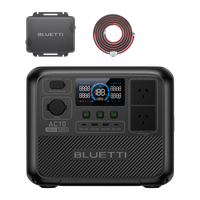


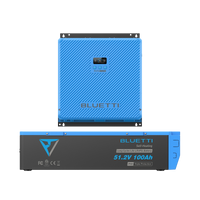
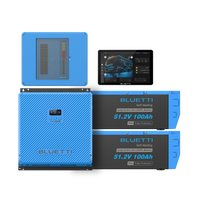
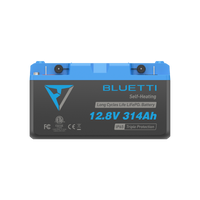
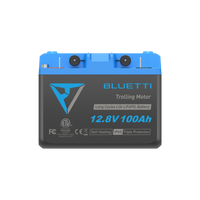
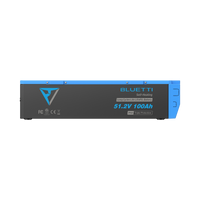
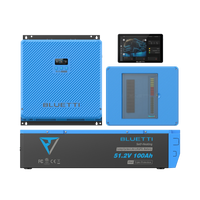
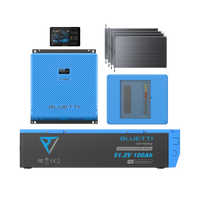
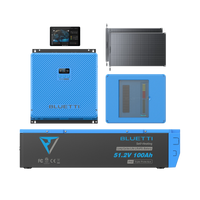
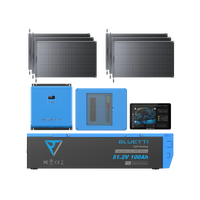

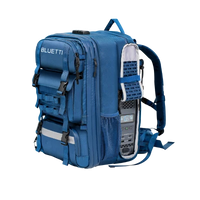

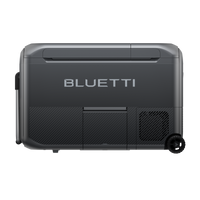
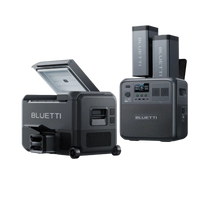
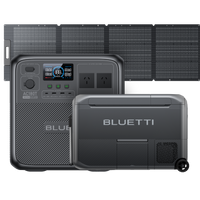
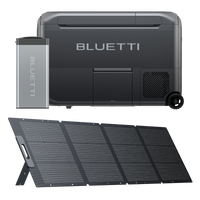
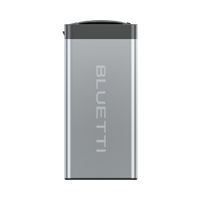
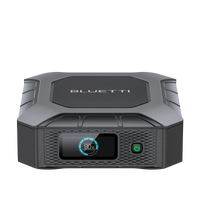
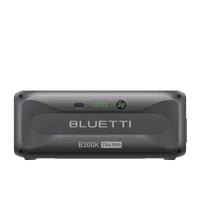

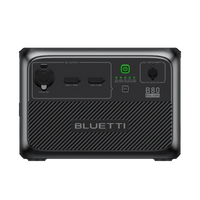
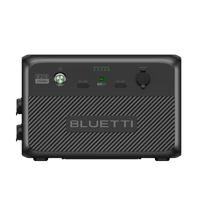

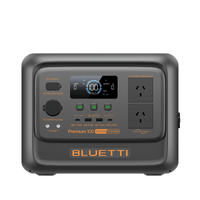
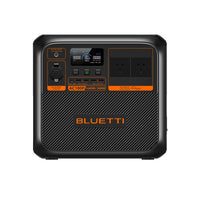

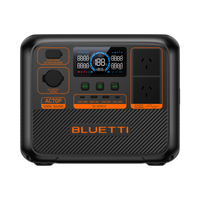
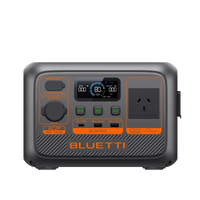
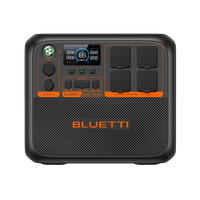
![[Phased Out] BLUETTI B80P Expansion Battery | 806Wh](http://www.bluettipower.com.au/cdn/shop/files/202310025B80P_2000-2000px_4_4caa0c1c-4dab-4272-9e9b-2b7507e5bd81.jpg?v=1713777870&width=200)
![[Phased Out] BLUETTI B210P Expansion Battery | 2,150Wh](http://www.bluettipower.com.au/cdn/shop/files/2_08cf9ef3-03a4-4489-b641-d3edb8094896.webp?v=1716016566&width=200)
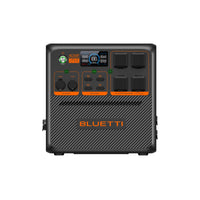
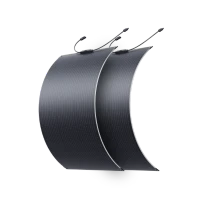
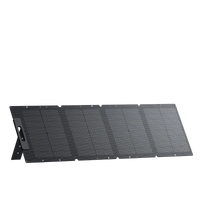
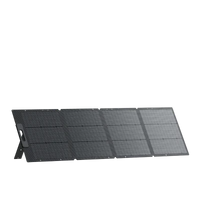
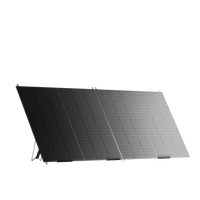

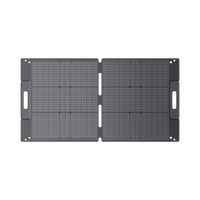

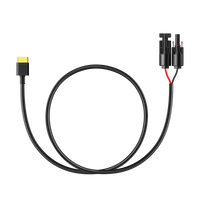
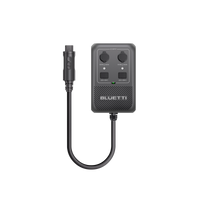
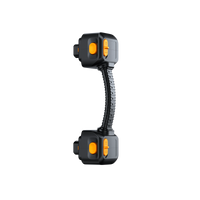
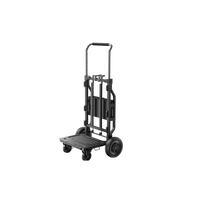
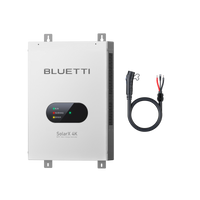
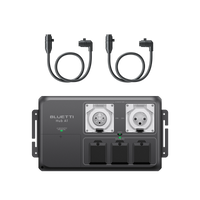
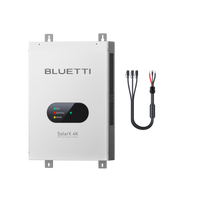
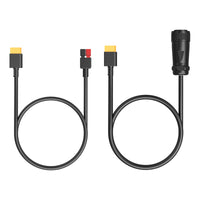
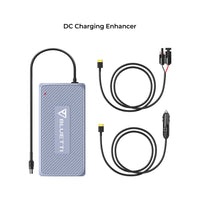
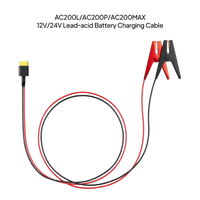
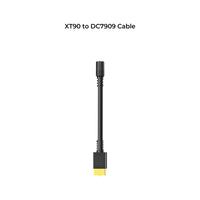
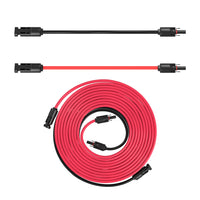
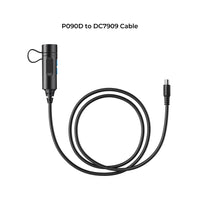
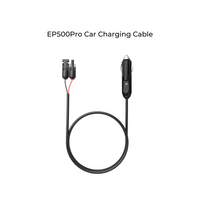
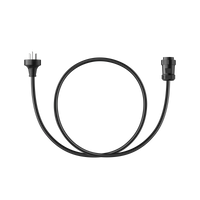
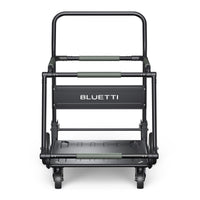
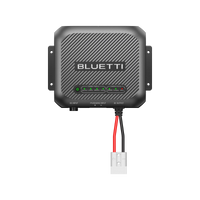
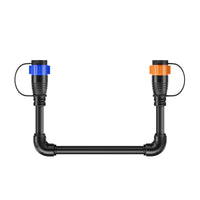



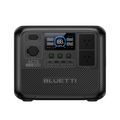
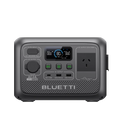
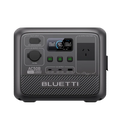


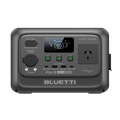
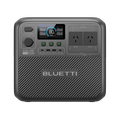
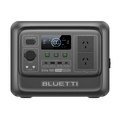
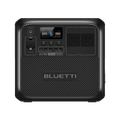
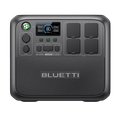
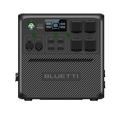
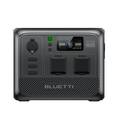
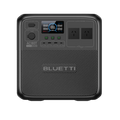


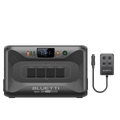

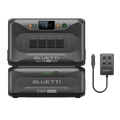
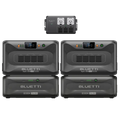




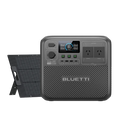
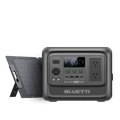
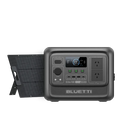
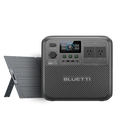
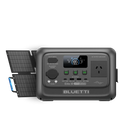
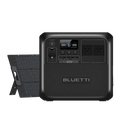
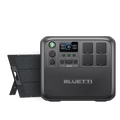
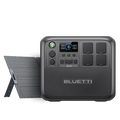




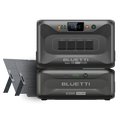
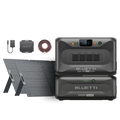
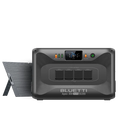
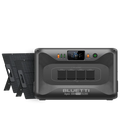
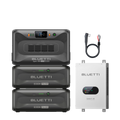

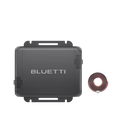
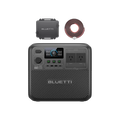
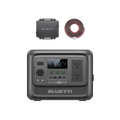
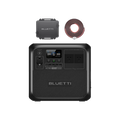
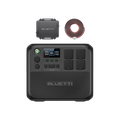
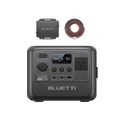
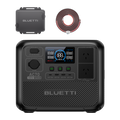
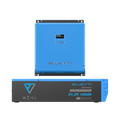
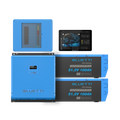
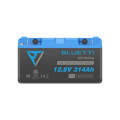
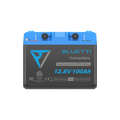

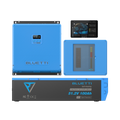
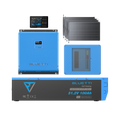
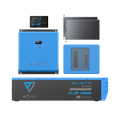
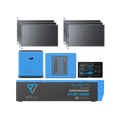
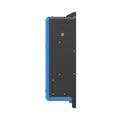



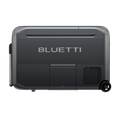
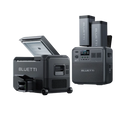
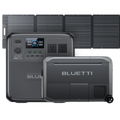
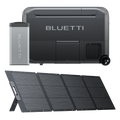
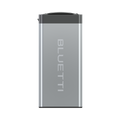
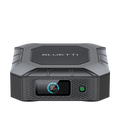
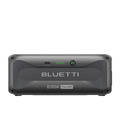

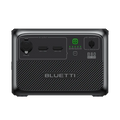
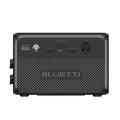
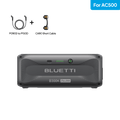
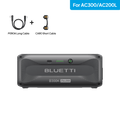
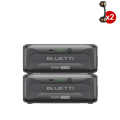
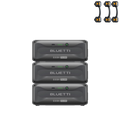




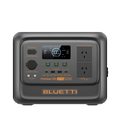
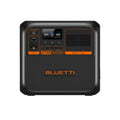

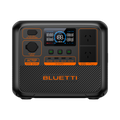
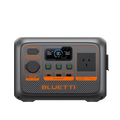
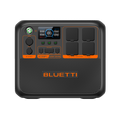
![[Phased Out] BLUETTI B80P Expansion Battery | 806Wh](http://www.bluettipower.com.au/cdn/shop/files/202310025B80P_2000-2000px_4_4caa0c1c-4dab-4272-9e9b-2b7507e5bd81.jpg?v=1713777870&width=120)
![[Phased Out] BLUETTI B210P Expansion Battery | 2,150Wh](http://www.bluettipower.com.au/cdn/shop/files/2_08cf9ef3-03a4-4489-b641-d3edb8094896.webp?v=1716016566&width=120)
